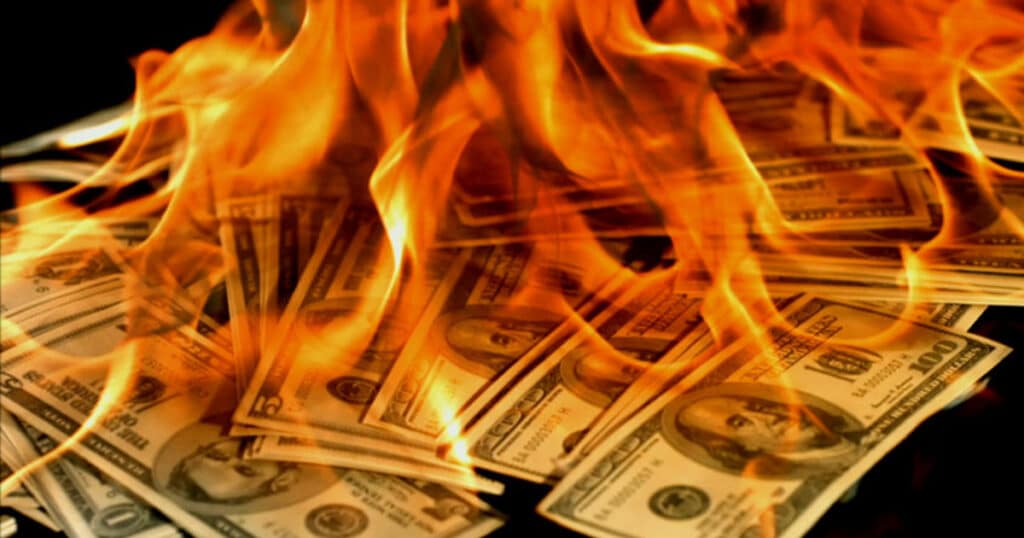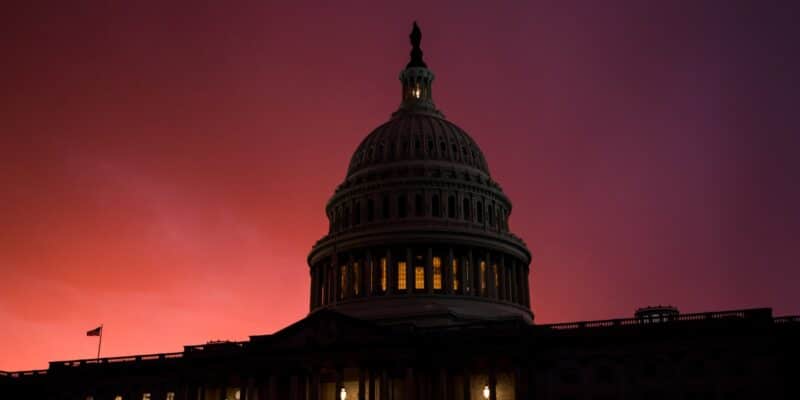
Shopping Spree 101: How Refunds of Federal Loan Overpayments Leave Student Borrowers With Your Money to Burn
For many college students, one of the most exciting events in a new semester is not listed on their school’s calendar: Refund Day.
Although the day differs on various campuses, the windfall result is the same: That’s when the millions of students currently taking out federal college loans find out how much of their approved amount is left over after the school has taken its share for tuition and other charges. Students can reject the refund and reduce their debt, or accept the money. Although they are technically required to spend it on education-related expenses, administrators acknowledged there’s no mechanism in place to monitor their expenditures.
“I’m 23, if you give me a refund check, I’m going shopping,” one Philadelphia student told a focus group about student loans and debt relief run by New America, an education think tank. “I don’t understand what that means – You just gave me free money. And no one’s stopping me ‘cause it comes to me.”
Some education experts say the issue of student loan refund checks should receive more attention as the Biden administration seeks to erase perhaps $400 billion of the $1.7 trillion in student loan debt held by the federal government, meaning taxpayers. The Biden tuition debt-forgiveness plan is already controversial and headed to the Supreme Court, but the notion that some of the erased debt might have been used to pay for trips, video games, or gifts could strike some taxpayers as particularly galling.
“When we ran focus groups, the refunds were always an issue that came up organically,” said Jason Delisle, who helped run the New America research in 2015 and is now a senior policy fellow at the Urban Institute. “The reaction in the room was always, ‘Refund checks – yeah, those are kind of crazy!’”
Taxpayers hold most of the bag, since President Obama pushed aside banks as lenders as part of his 2010 victory securing passage of Obamacare, arguing – very incorrectly, it turns out – that a federal takeover of student loans would prove a money-maker. The government holds 93% of the $1.7 trillion debt and the college loan program is in the red, according to the Congressional Budget Office.
But scrutiny of the refunds will be a challenge because basic information about them is elusive – including how much they cost and how they are used.
The Department of Education told RealClearInvestigations it does not track how much of the estimated $82 billion it granted in student loans in FY2021 was refunded to students, and said the figure should be known by the individual schools that issue them. (These payments are separate from the refunds the Biden administration authorized in August for those who have made loan payments during the pandemic.)
RCI contacted more than a dozen schools, a combination of flagship public universities, private colleges, Historically Black Colleges and Universities, and a community college. Even though they all issue refunds, none was able or willing to provide a figure as to how much they had disbursed in refunds on federal college loans, which remain the primary borrowing vehicle for people financing undergraduate or graduate school.
Refunds can be made to parents or students borrowing for college, a group that comprised 7.2 million people in fiscal year 2021, according to the DOE.
Rutgers University said it planned to activate new software next year to give it a figure for refunds issued, but it did not have that information currently. Similarly, the University of Idaho said it did not have information on refunds. The University of Iowa refused to provide any figures, saying it would not search its data to determine how much it refunded.
Some schools – such as the University of North Carolina, Louisiana State University, the University of Vermont, the University of Virginia, Spelman College, and Suffolk University – did not respond to requests for information about how much they had refunded to students.
Florida A&M University, a historically black school, did provide the figures for federal loans it disbursed but did not respond to questions specific to refunds.
Other schools, like Ohio State University and Texas A&M, responded to requests but ultimately proved unable or unwilling to provide figures on refunds.
“We do not have data specific to financial refunds for only direct loans broken out,” said Delisa Falks, an assistant vice president at Texas A&M’s Division of Enrollment & Academic Services. “This would require some work and we are not at a place where we have resources to provide this.”
Even scholars who study student loans were scratching their heads. 
“This is a super-interesting question and the reality is that there isn’t great information available,” said Adam Looney, the executive director of the Marriner S. Eccles Institute at the University of Utah and a fellow at the Brookings Institute who studies college loans. “Indeed, I feel like it’s something people don’t like to advertise or talk about.” 
While the total amount of student loan money refunded each year is unknown, it is almost certainly significant. If 1% of loans were refunded, this would amount to $820 million in 2022.
Another indication of their importance is their prominence online. Websites associated with college and financial advice are rife with information on how to apply and receive a refund, all carrying a whiff of free money with only the small print reminding students refunds must someday, in theory, be repaid.
On Dec. 1, the website NerdWallet warned students that “no one should spend their student loan refund check just yet,” with a reminder that refunds are included in the debt total – that is, if President Biden doesn’t succeed in wiping out student debts entirely.
“Beyond just the data, the implications are pretty important,” Looney said. “For a lot of students, especially grad students, this is a relatively inexpensive, zero-credit-check cash advance loan. You just get a check from the government for a lot of money and you can spend it on whatever you want, even if you don’t need it or when it’s impossible for you to pay it back.”
The  2015 report authored by Delisle and Alexander Holt found that many borrowers had mixed feelings about refund checks.
On one hand, “Participants felt that these checks epitomized how easy it was to take out a federal student loan and the bad incentives that entailed, with some commenting that it seemed as if the ‘money wasn’t real,’” the report concluded. “They noted that refund checks were particularly problematic for young and naive students, enabling them to take on debt that they would later decide was not worth it or that they would struggle to repay.”
On the other hand, many took a “seize the day” attitude toward the money.
“I went to Russia for a month with my best friend,” said a student from Chicago. “It was a pretty great experience; I don’t think I would give that back.”
This article was originally published by RealClearInvestigations and made available via RealClearWire.



